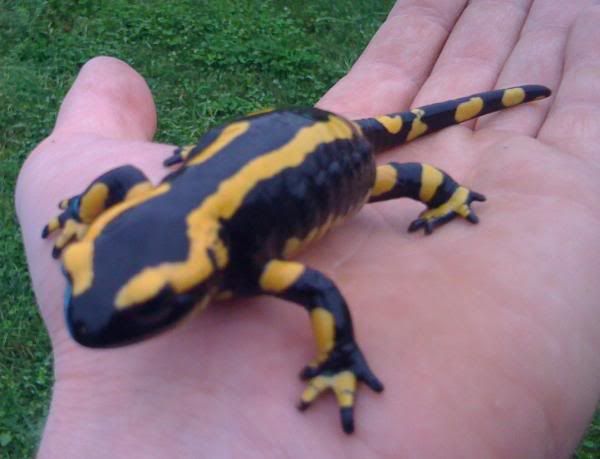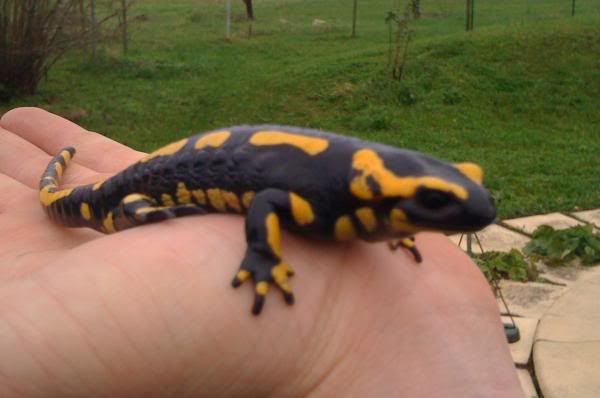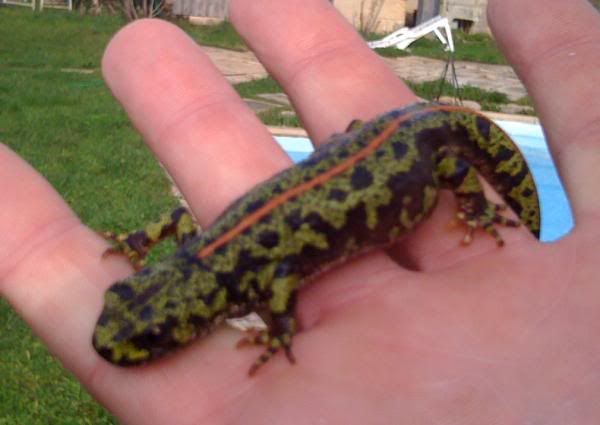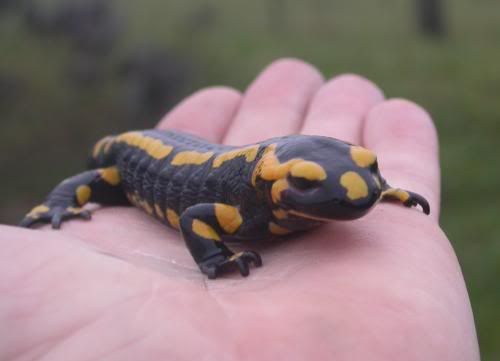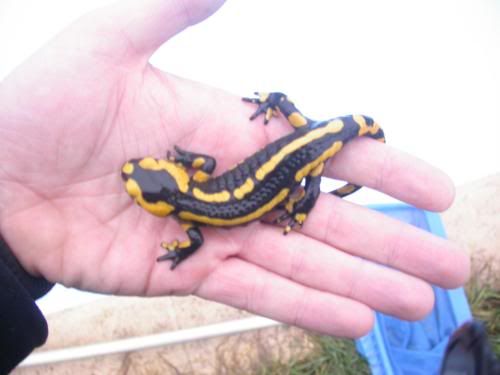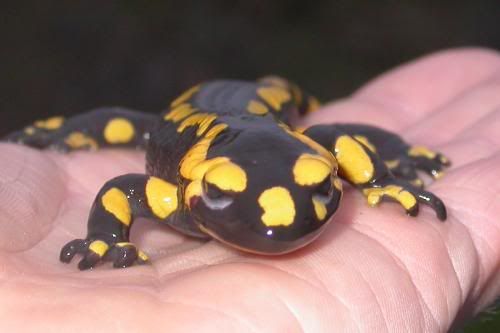bingobob
New member
- Joined
- Jan 5, 2011
- Messages
- 10
- Reaction score
- 2
- Points
- 0
- Country
- United Kingdom
Hi all,
I'd appreciate some advice about what to do with these salamanders (I think) that I keep finding in my pool.
First, is it a salamander? If not, what is it?

It seems quite happy living at the bottom of the pool, but I am worried that it is only in there because it can't get out.
So my most pressing question is should I leave it be? Or get it out of the pool?
Thanks.
I'd appreciate some advice about what to do with these salamanders (I think) that I keep finding in my pool.
First, is it a salamander? If not, what is it?

It seems quite happy living at the bottom of the pool, but I am worried that it is only in there because it can't get out.
So my most pressing question is should I leave it be? Or get it out of the pool?
Thanks.


